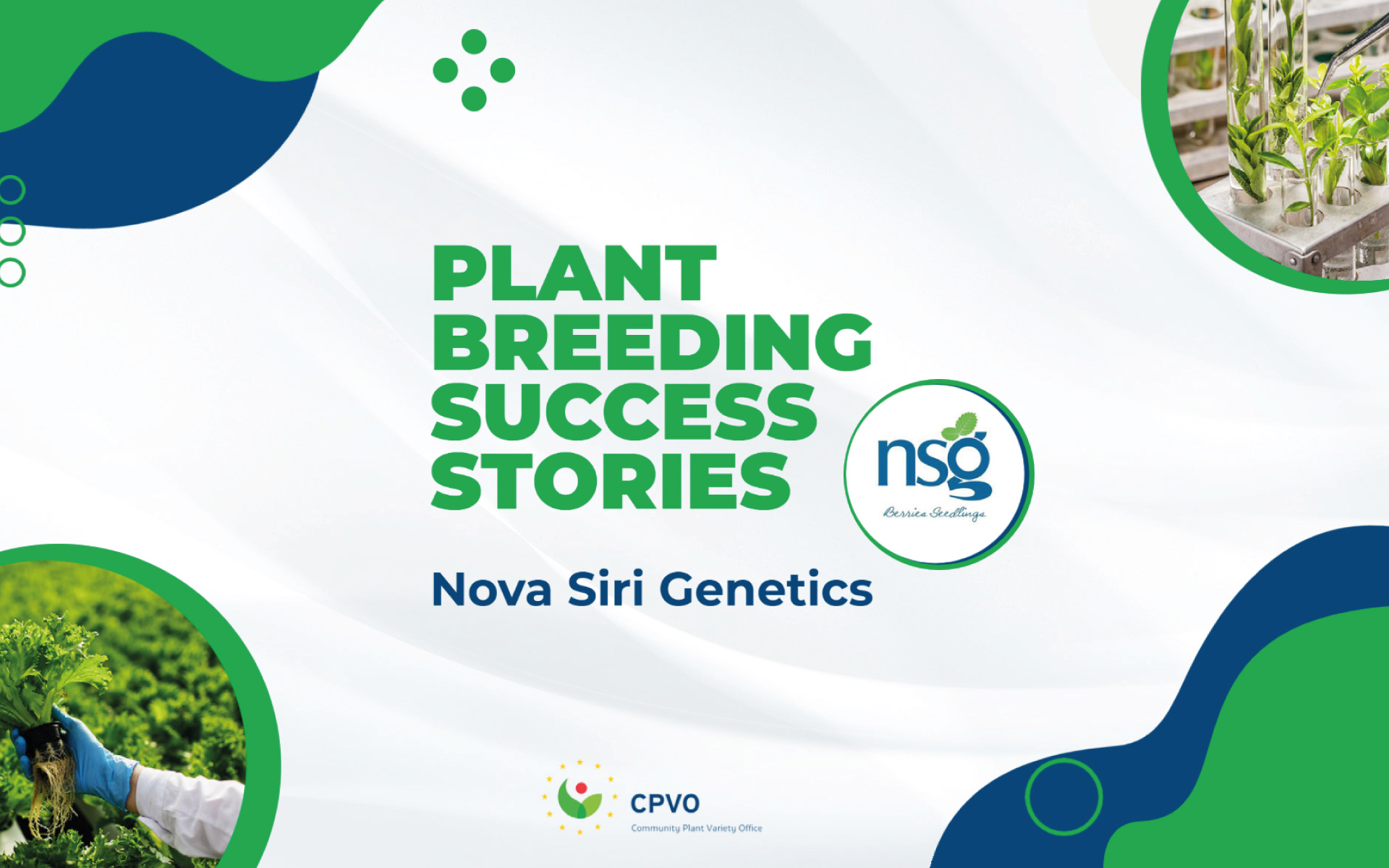Research, experimentation, Green Deal and planned future developments in the field of plant genetics.
Could you briefly describe the work Nova Siri Genetics does in the field of genetics and how it fits into your business model?
Nova Siri Genetics (NSG is an Italian research and testing company for new strawberry and small fruit varieties, founded in 2005 in Basilicata, a region in southern Italy. We use classical genetic improvement methods and genetic control of propagation material through: in vitro culture of meristematic apices, screen house and evaluation of clones in the field. Everything takes place in our research and experimentation centre, which includes a laboratory, experimental fields covering an area of 10,000 square metres and a high-tech 500 square metre greenhouse for storage and propagation. Our business is centred on a varied varietal offer, to meet the needs of production in the different production areas of the world. In particular, NSG's breeding programme is focused on obtaining hardy, early varieties with excellent fruit characteristics. Next to the short-day strawberry cultivars suitable for Mediterranean climates already present in our variety offer, we are working on including also cultivars suitable for continental and neutral climates. In addition, we plan to launch our first raspberry variety in the coming months.
How do you see the role of genetics in the future of global agriculture and food security?
Genetics and new technologies play a key role in the agriculture of the future. In the last century, we have made remarkable genetic progress and this has enabled us to cope with the global population growth. Today we face a major challenge: to produce food while protecting the environment and the health of consumers. The introduction of resistant plants makes it possible to produce with low environmental impact cultivation techniques and with a considerable reduction in the use of pesticides.
Quali sono i principali cambiamenti che prevede nel settore della genetica vegetale nei prossimi 5-10 anni?
In the field of plant genetics, we are facing an epochal change, as we will see the introduction of techniques that will revolutionise agricultural production. Indeed, a change in the regulatory framework for new technologies applied to genetic improvement is taking place globally. The use of NBTs will make it possible to speed up the genetic improvement process and obtain plant material that can meet the needs of the production world more quickly.
How is your organisation adapting to the challenges posed by climate change?
Over the last few years, climate change has been putting a strain on the agricultural and nursery sector in general. It is therefore the task of research to find innovative and more effective solutions for increasingly critical situations. NSG's research paradigms are changing to adapt to the new scenario of future agriculture. For us, productivity continues to remain an important factor in ensuring economic sustainability for farmers, but attention to environmental aspects is also becoming important. The general rise in temperatures and the reduction of water resources are important issues to be taken into account and addressed as soon as possible. Our breeding programme focuses on hardiness, i.e. on resilient plants that are able to cope with the average rise in temperature, temperature fluctuations and reduced availability of water resources. Furthermore, a hardy plant is characterised by a high tolerance to tired soils and the pathogens and pests that plague the crop. Therefore, in addition to achieving high production performance even in the presence of climatic anomalies, producers can also reduce the use of agrochemicals, moving towards more environmentally sustainable production, as required by European directives.
How do you see the role of biodiversity in the future of plant genetics and how can the CPVO system support its protection and promotion?
The protection of biodiversity is crucial for the future of genetics, because it allows for the improvement of species through access to sources of genetic variability. The CPVO could play a major role in regulating the establishment of and access to new germplasm banks. Research could benefit from information and efficiency activities with respect to access and use of this genetic material.
How can the plant breeding industry contribute to the sustainability goals and the UN Sustainable Development Goals?
The plant genetics industry will be able to make an important contribution to greater crop sustainability through the application of biotechnological means in agriculture in addition to classical breeding methods. This will make it possible to obtain varieties with high productive and qualitative performance, which are adapted to new agricultural practices with less environmental impact, all in a very complex climatic context that is not favourable to the optimal growth of plant species of agricultural interest. Sustainable development, however, also means sharing and making available the technical and technological progress achieved by different countries so that the whole of society can benefit.
What is your experience with the plant variety protection system? Can you explain how your decision to use this system came about?
As a research company for innovative varieties, the use of the Plant Variety Protection System is crucial to prevent them from being used in a way that is not allowed in the countries where they are distributed. NSG has an international outlook, so we have protected our varieties in several countries around the world. Our experience over the years has shown that there is a lack of uniformity in the protection systems in the different countries, which often leads to confusion and a lengthening of the time it takes to obtain protection titles.
What opportunities do you see in using the CPVO system for the protection of your plant varieties?
Through the use of CPVO we are able to obtain a plant variety right for all EU countries with just one application. In addition, an added value is certainly the online portal, which is efficient and complete both in the personal area dedicated to each company and the complete database.
What were some of the main challenges you faced in using the CPVO system and how did you overcome them?
In general, our experience was positive, as the system proved to be efficient.
Given the growth in the number of varieties we are protecting in recent years, we would like to suggest a change in terms of the collection of annual fees. In our opinion, it would be preferable to be able to choose to pay the protection fees either annually (as is the case now) or in a single instalment (for the entire duration of the patent) or through intermediate solutions (every 3 - 5 - 10 years).
How has the CPVO system helped to improve or protect your business or products?
Authority and efficiency in the process of harmonising protection processes in other UPOV countries. DUS request, title request, etc.
How do you see the future of plant genetics and the role of the CPVO in this field?
The future of plant genetics passes through a redesign of the entire IP system. The CPVO will have to be an important player in seeking a transaction between PBRs and the applied industrial patent system of plants.
How does your company benefit from the legal certainty offered by the CPVO system?
The main benefit is the full validity of the title in all EU countries, along with all those listed in the answers above.
For the first time, SMEs can access voucher 4 (plant varieties) of the SME Fund, which allows a 50% refund on the application. do you plan to use it? Is it a tool you consider useful, or could other actions be envisaged to stimulate innovation?
In our opinion, it would be even more important to introduce support services, more than in economic terms, in terms of information, training, refresher courses for breeders, officials, IP managers of companies. Activities of this kind could bring research companies closer to the CPVO, considering it not only a means of protection, but a real point of reference for assistance, advice, etc.
Source: CPVO



